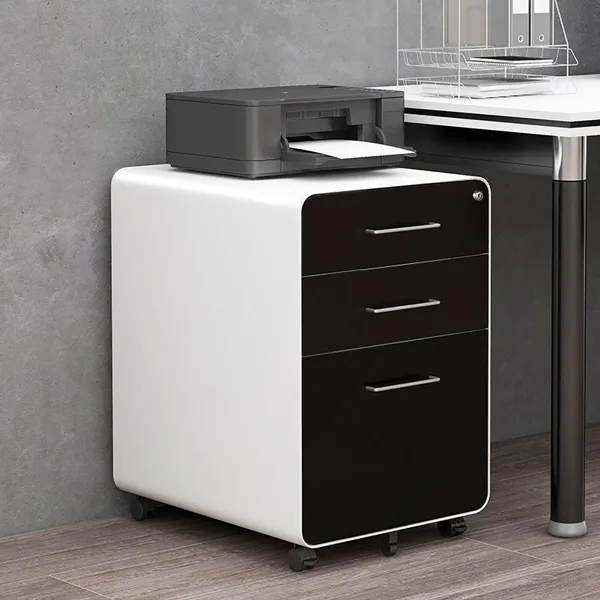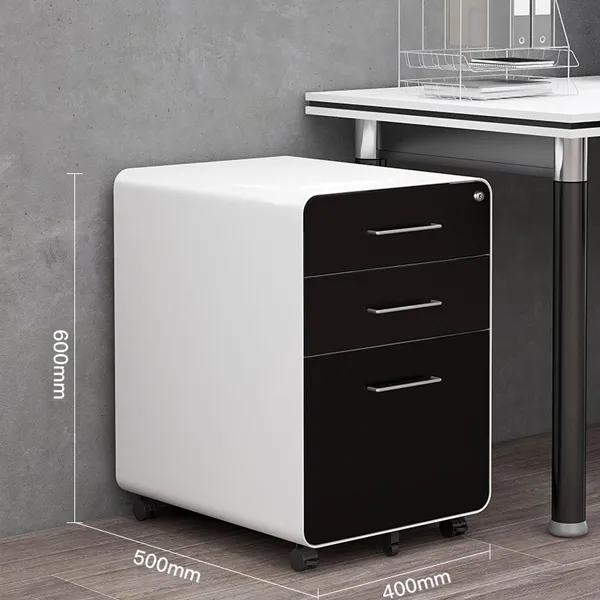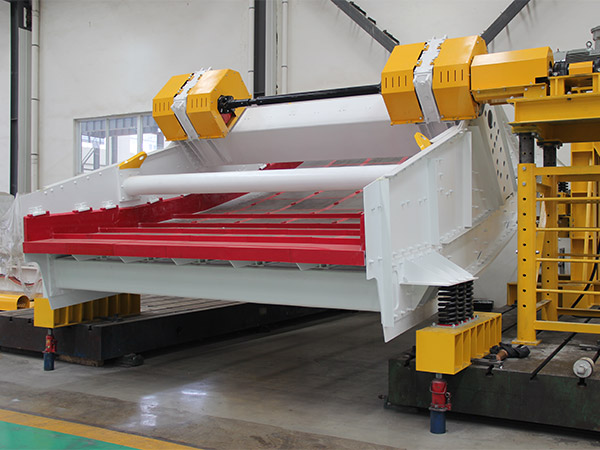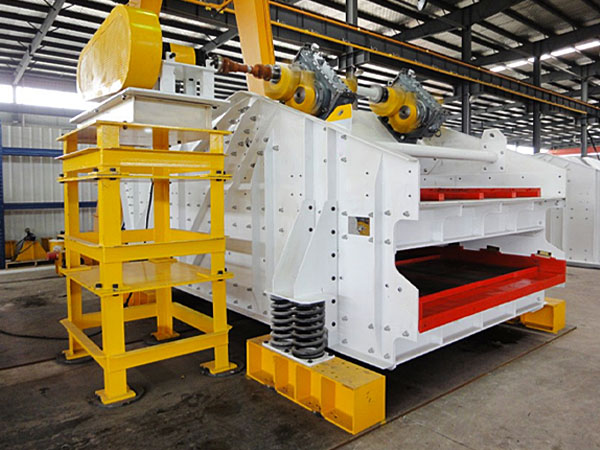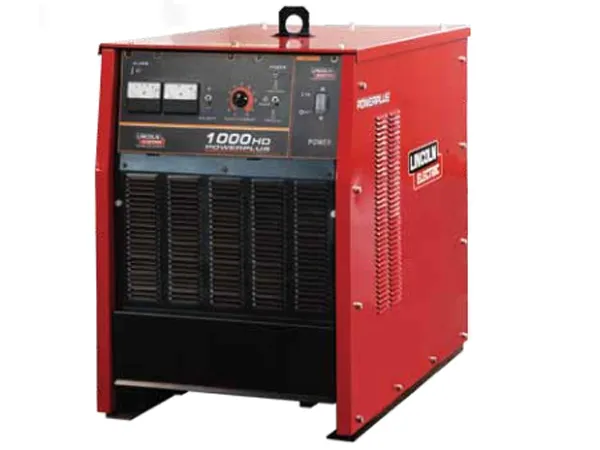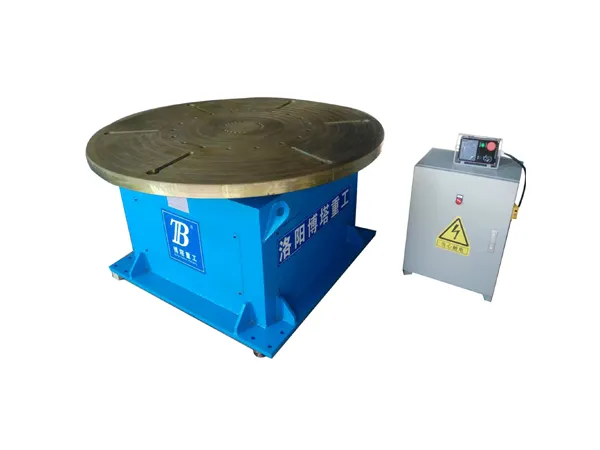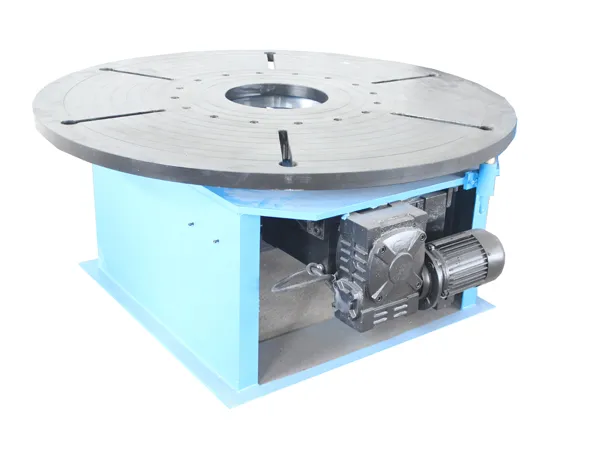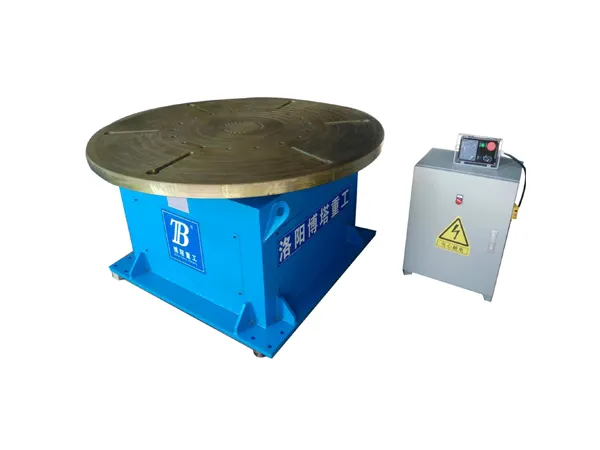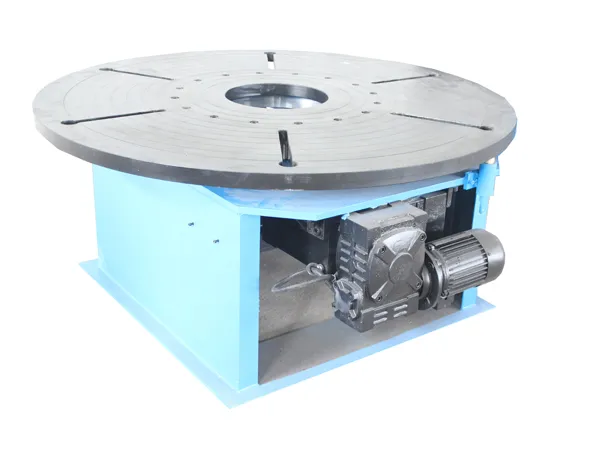The price of a mobile shelving system can vary significantly based on several factors, including the size of the system, the material used, additional features, and the manufacturer or supplier. Mobile shelving systems are designed to maximize storage space by compacting shelves and aisles, making them ideal for various environments such as offices, libraries, warehouses, and archival storage facilities.
To get an accurate price for a mobile shelving system, it’s best to contact suppliers or manufacturers directly. They can provide you with a customized quote based on your specific requirements.
Factors affecting the price of mobile shelving systems
1. Size and Dimensions
Length, Width, and Height: The larger the mobile shelving system, the more materials are required for its construction, leading to higher costs. Custom sizes and dimensions may also increase the price.
2. Material and Construction
Material Quality: The type of material used for the shelves, frames, and tracks affects the cost. High-quality, durable materials like steel or aluminum usually result in a higher price.
Construction Complexity: Intricate designs, heavy-duty construction, and special features such as reinforced frames or corrosion-resistant coatings can increase the cost.
3. Storage Capacity and Weight Capacity
Storage Load: Mobile shelving systems are designed to hold specific weight loads. Higher weight capacity requirements will necessitate stronger materials and construction, impacting the overall price.

4. Mobility Mechanism
Mechanical vs. Electrical: Mechanical systems, operated manually, are generally more affordable than electrical systems that require motors and automation. Electrical systems are often chosen for larger and heavier applications, but they come at a higher cost.
…
For more detailed information on the factors affecting the price of mobile shelving systems, please click here: https://www.etegreen.com/en/a/news/factors-affecting-the-price-of-mobile-shelving-systems.html


